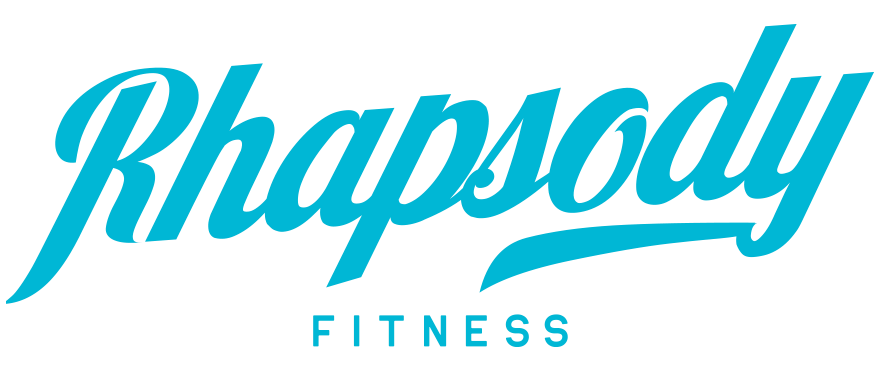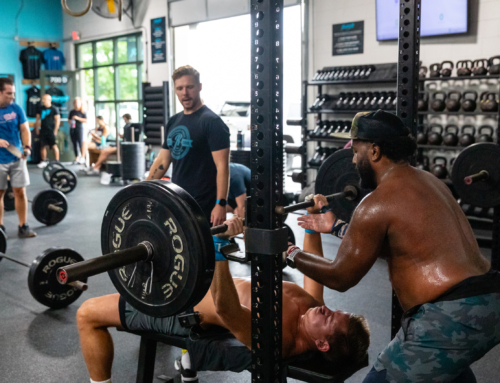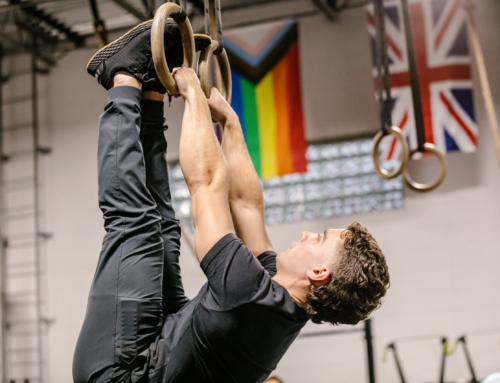 Foam rolling has taken a major step forward in the lives of athletes, especially runners, who are working on increasing their mobility and overall recovery. Even CrossFit athletes have taken to foam rolling, using it on overworked legs, back or sides to prevent next-day soreness and stiffness.
Foam rolling has taken a major step forward in the lives of athletes, especially runners, who are working on increasing their mobility and overall recovery. Even CrossFit athletes have taken to foam rolling, using it on overworked legs, back or sides to prevent next-day soreness and stiffness.
But there’s a reasoning to foam rolling that explains when is best and what it means to foam roll before or after a workout. There are also some general guidelines to make sure you’re following when getting on the foam roller to prevent injury and maximize effectiveness.
When Should You Foam Roll?
Although there may be no exact science for when and how to foam roll, there are definitely benefits to rolling before or after a workout. When you foam roll before a workout, you decrease your muscle density and overall get a better warm up. After a workout, a foam roller can help muscles recover from intense exercise.
Tips for Effective Foam Rolling:
Regardless of when you decide to foam roll, follow these guidelines to make sure you’re not injuring yourself or straining muscles:
- Roll slowly– no need to go back in forth in a fast motion.
- Hydrate in between foam rolling sessions (and in general) to make sure your muscles are hydrated and limber.
- Try not to focus on just the sore spots. You should do the same routine regardless of where muscles are tight in order to keep uninjured muscles uninjured.
- Move and stretch after foam rolling to maximize effectiveness.
- Avoid rolling your lower back and neck. Though it may feel good, rolling these two spots can lead to injury.
No matter when or why you foam roll, make sure you’re doing it safely and efficiently to prevent injury moving forward and gain flexibility throughout your body!
At Rhapsody CrossFit in Charleston, our holistic approach to fitness will help you achieve any fitness goal. Join us for a free class today!





